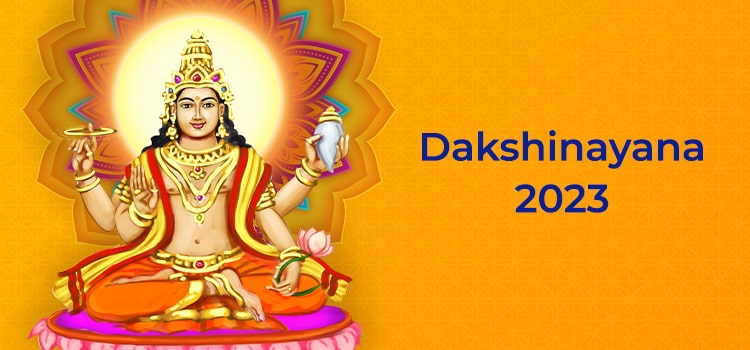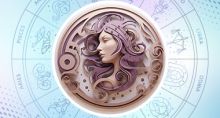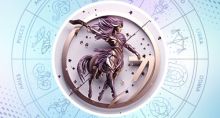Dakshinayana 2023
In Hinduism, the 6-month period from 16th July to 13th January is Dakshinayana, while the 6-month period from 14th January to 15th July is Uttarayana. While Uttarayana marks the northward movement of the Sun, Dakshinayana marks its southward movement.
Importance of Uttarayana and Dakshinayana
All the spiritual and traditional practices of Hindus revolve around these two periods, which depend on the movement of the Sun. The Sun, or Surya, is a God in Hinduism and has a significant effect on human beings and their energies.
Facts about Uttarayana
Beginning from Makara Sankranthi, which is on Jan 14th, the 6 months of Uttarayana are auspicious as we travel towards the Sun. Uttarayana is supposedly the daytime of the Devas. During this period, people celebrate harvest and spring festivals, marriages, and other auspicious events.
The period begins with short days, which become longer every day. The light, too, increases over the following 6 months. Our energy levels also rise, and things take place more easily. It is a time to gain spiritual grace and reap the harvest of our previous sadhana (spiritual practices).
Uttarayana is also known as Kaivalya Pada, or a period of spirituality, receptivity, grace, and enlightenment. This is more so during the time between the winter solstice and the spring equinox. This is why Bhishma in the Mahabharatha epic wanted to wait for Uttarayana to die, despite being mortally wounded. He had the power to choose his time of death. It is also believed that the Ganges descended from heaven to Earth on the auspicious Winter Solstice day.

Facts about Dakshinayana
Dakshinayana starts on July 16th. Initially, the days are long. Then they become shorter and shorter over the next 6 months. As summer gives way to winter, the daylight decreases during this period. The Sun’s energy is at its peak when Dakshinayana begins. The Sun is very hot, and we feel tired and drained of energy. Dakshinayana is the nighttime of the Devas. So we need to put in more effort and work harder during this time. A human year is equal to one day of gods in the Hindu religion.
Dakshinayana is the southward path. It is also the path of Yama. It represents ‘bhautikvaad’, meaning that we go after material pursuits and away from the spiritual path. Hence, we should do penance, fasting, prayers, and purification rites to reduce its influence. For this reason, Dakshinayana is called Sadhana Pada, or the period of purification through tapasya and sadhana. During this time, the chakras below the Anahata/heart chakra can be purified very easily, as our energy is flowing downward in these 6 months.
As Dakshinamurthy - Shiva as the cosmic teacher- sat facing the south (Dakshin) in order to pass on his knowledge and wisdom, he has an association with this period. He started transmitting the fundamentals of Yoga to the Sapta Rishis, who were his first seven disciples. He turned south as the Sun turned south. This was the first phase of his teaching, or the Sadhana pada, where he taught the Rishis what they should do. Uttarayan is the Samadhi pada or Kaivalya pada, which is the time for realization.
During Dakshinayana, Vishnu is believed to be asleep for a period of 4 months, between Ashada and Karthika months. These 4 months are called Chaturmasya, and the Ekadasi just before Karka Sankranti is Devshayani Ekadashi.
Hindus believe that they are very holy and perform penance, austerities, fasting, and bathing in holy rivers. These are all ways to purify the body and mind. Some also observe vows of silence or abstinence from a meal or a food item that they like.
Festivals like Gokulashtami, Ganesh Chaturti, and Sharad Navratri are held during this period. Such festivals keep the mind focused on God. The worship of Goddess Lakshmi during Diwali gives a spiritual and moral dimension to the pursuit of material gains. The lights of Diwali and Karthigai Deepam festivals also counter the dark energies of this period. Marriages and other auspicious functions are not held during some months of Dakshinayana in some regions.
Dakshinayana 2023 begins on June 21 for calendars that are followed in North and West India. It begins on July 16 for calendars followed in South India.
This is called Summer solstice in the Northern Hemisphere. It occurs between June 20 and 22. The Summer solstice falls on December 21 or 22 in the Southern hemisphere.
In Tamil Nadu, Aadi month marks the beginning of Dakshinayana. There are two methods to calculate the movement of the Sun. In the Drika Siddhanta method, Dakshinayana begins when sayana Sun enters the zodiac sign of Cancer. Some regional calendars follow this method. As per this system, Dakshinayana begins on June 21, 2023.
But most Hindus in South India follow the Nirayana System. In this, Dakshinayana begins when ‘nirayana Surya’ enters the sign of Cancer. As per this system, Dakshinayana begins on July 16, 2023, and Uttarayana on January 15, 2024.
The 6 months of Dakshinayana are divided into 3 seasons:
Varsha Ritu (monsoon) – Shravana and Bhadra months (Mid-July- Mid- Sept)
Sharad Ritu (autumn) –Asvina and Karthika months (Mid-Sept- Mid Nov)
Hemanta Ritu (late autumn) – Margashirsa and Pausha (Mid Nov- Mid Jan)




















